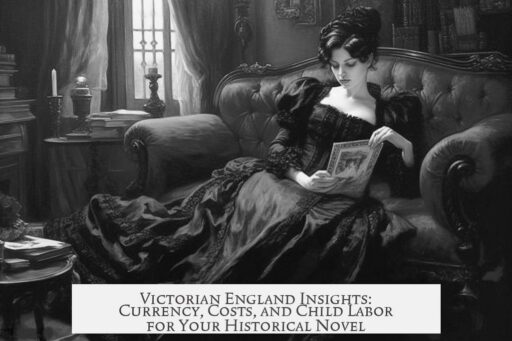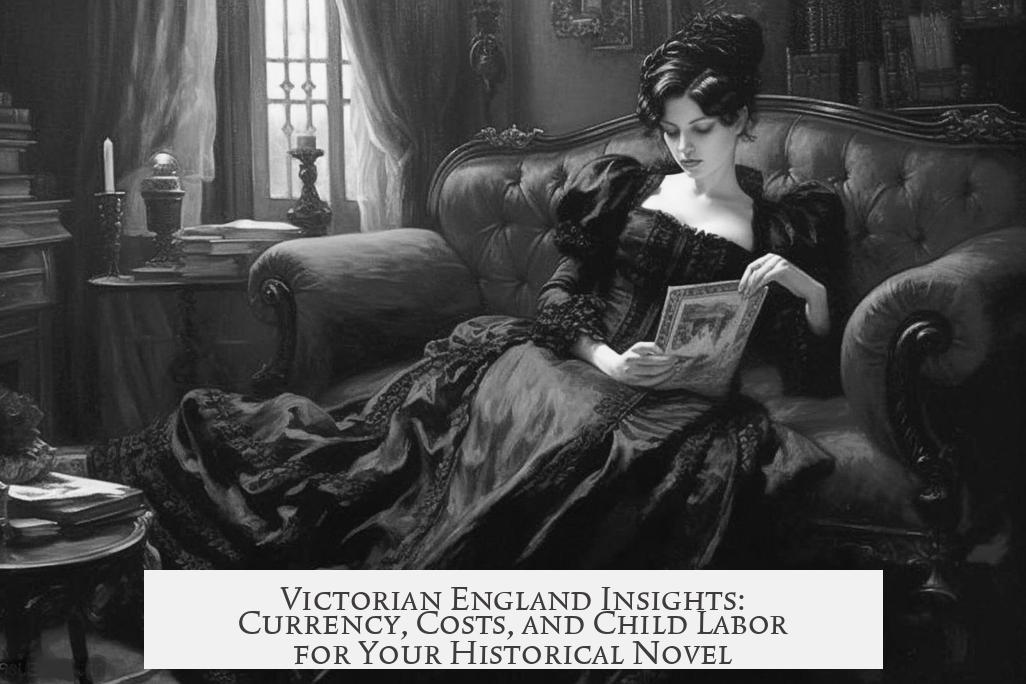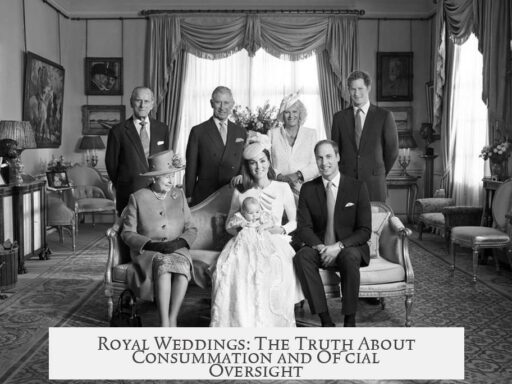Writing a book set in Victorian England around 1850 requires understanding the era’s currency, prices, and child labor conditions to create an accurate historical context.
At this time, the value of money varied greatly depending on the commodity or service. For example, food and clothing consumed a larger share of household expenses than today, while rents tended to be cheaper. A useful resource for converting sums from Victorian to modern values is MeasuringWorth.com, which helps clarify relative worth using different metrics.
Working-class wages ranged from about 20 to 40 shillings per week. Skilled workers earned toward the higher end, while women and children made less. Servants and unskilled laborers often earned under 20 shillings weekly, which was typically not enough to support a family.
Costs reflected the economic situation:
- A one-pound loaf of bread typically cost about one penny.
- Many poorer Londoners lived in rented rooms without cooking facilities, relying heavily on ready-made food.
- An ‘ordinary’ tavern meal—common among the working class—was usually offered at three pence, including meat, bread, and beer; a sixpence meal included additionally pudding and was considered more elaborate.
- Rent varied widely; the cheapest was a “doss house” bed at about fourpence per night, often in crowded communal dormitories. Better rooms rented for 1 to 3 shillings per week, though these housed families densely, sometimes six living in one or two rooms.
Geographically, London housed stark contrasts. Soho was a mixed area, popular with immigrants and craft workshops. The worst slums—called “rookeries”—were located in St Giles’s, the Old Nichol (Bethnal Green), Whitechapel, and Bermondsey. These areas featured overcrowded housing with poor sanitation.
Luxuries were rare for the working class. Clothing, handmade and sewn by tailors, could cost from £2 to £6, equivalent to up to a month’s wages. Most poor people bought second-hand clothes. Imported food, such as exotic fruit, was expensive. Jewelry like rings or cravat-pins with gemstones signaled wealth and cost far more than basic accessories. Watches ranged broadly in price and quality.
Child labor was widespread. Many children and teenagers worked in factories, workshops, or as domestic servants. They earned less than adults and often endured harsh conditions. Education was not mandatory until 1880. Before then, some attended “ragged schools,” which provided minimal schooling until ages 10 or 12.
A disturbing reality of the time was child and teenage prostitution, linked to poverty and lack of protection. The age of consent was 13. Reformers such as W.T. Stead exposed this practice in the 1880s. Prices for commercial sex with children could be as low as one shilling, rising to a pound for more “marketable” individuals.
| Aspect | Victorian England (circa 1850) | Details |
|---|---|---|
| Wages | 20–40 shillings per week | Higher skilled workers earned more; women & children less |
| Bread | 1 penny per 1 lb loaf | Basic staple, affordable but a significant part of diet |
| Meals at ‘Ordinary’ | 3 pence (basic), 6 pence (elaborate) | Common working class meal including meat and beer |
| Rent | 4 pence per night (doss house); 1–3 shillings/week (rooms) | Often crowded; multi-person rooms in poor areas |
| Child Labor | Widespread & underpaid | Common in factories, domestic service; limited schooling |
| Child Prostitution | Legally allowed from age 13 | Often linked to poverty; exposed by reformers in 1880s |
To build a vivid depiction of Victorian London in 1850, focus on contrasts:
- How the working class struggled with low wages and high living density.
- The prevalence of child labor and limited educational opportunities.
- The availability and cost of basic goods and rare luxuries.
- The geographic distinctions between neighborhoods and social classes.
Integrating these elements will give readers a grounded sense of daily hardship and social complexity essential to Victorian England’s era.
- Victorian wages ranged 20–40 shillings weekly; women and children earned less.
- Bread cost about one penny per pound; ready-made food was common for the poor.
- Rent varied from doss houses at fourpence per night to 1–3 shillings for rooms.
- Child labor was common and schools were not compulsory until 1880.
- Child prostitution was prevalent, legally starting at age 13 until reforms.
Diving into Victorian England (circa 1850): Currency, Costs, and Child Labor for Your Book
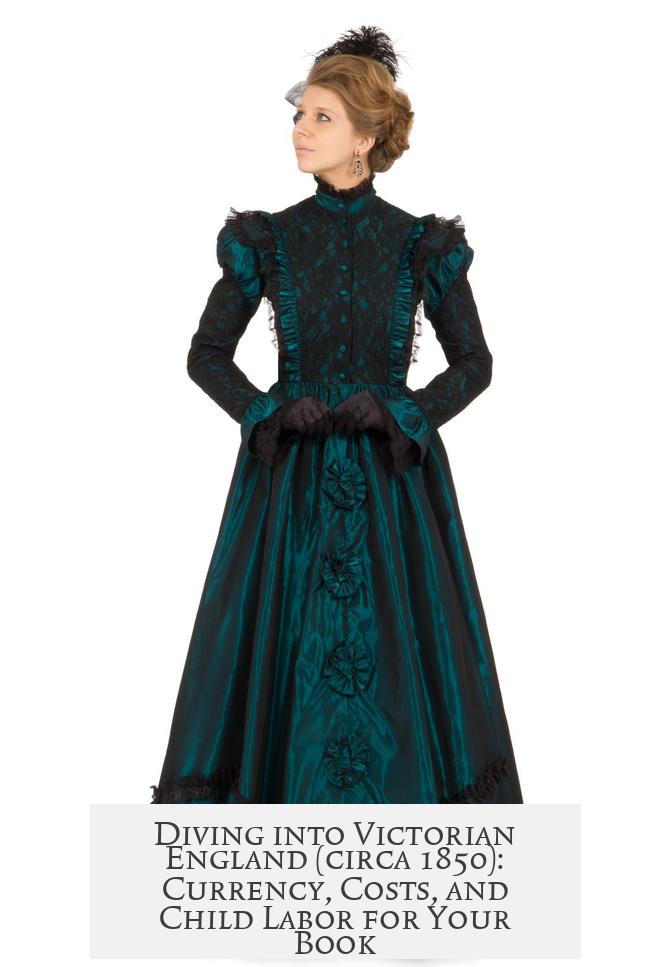
So, you’re writing a book set in Victorian England around 1850? Let’s clear up your questions about currency value, prices, and child labor. Understand these, and your story gains authenticity, depth, and charm.
First off, money back then was quite different from today. Not just in coins and notes; the value and spending habits were unlike anything modern readers expect.
The key takeaway? Different goods gobbled up different shares of income. For example, food and clothes consumed a big chunk of a working person’s pay. Rent was cheap by today’s standards, but don’t think poor folks lived large: many crammed entire families into a couple of rooms.
Money Matters: Understanding Victorian Currency and Wages
Currency was based on pounds, shillings, and pence. To break it down: 12 pence made a shilling, and 20 shillings made a pound. It’s not just history trivia—it helps when your character buys bread or pays rent.
Working-class wages varied widely, from about 20 to 40 shillings a week. Skilled trades earned more; servants and children made less. Keep in mind that less than 20 shillings hardly kept a family afloat.
Imagine your fictional character—perhaps a factory worker at 25 shillings a week. That money had to cover food, rent, clothing, and more.
The Cost of Everyday Life
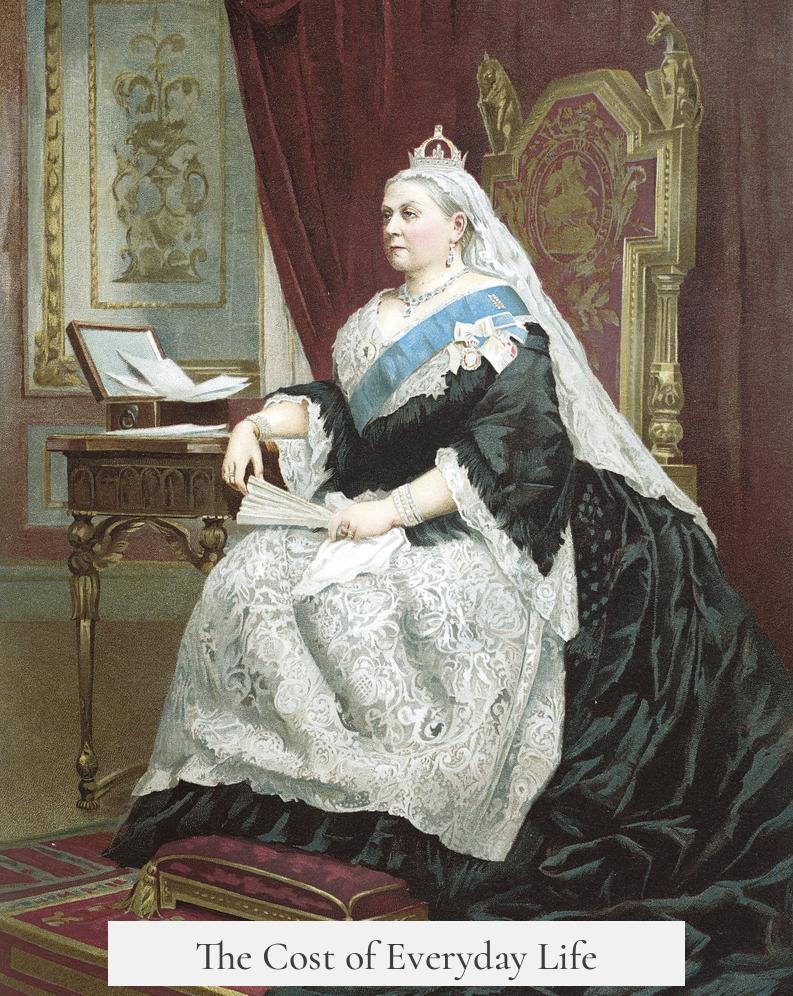
| Item | Typical Cost | Notes |
|---|---|---|
| 1 lb Loaf of Bread | 1 penny | Staple food, affordable but essential |
| Three-penny ordinary meal | 3 pence | Meat, bread, beer—a full meal at a tavern |
| Sixpenny ordinary meal | 6 pence | More lavish with pudding |
| Rent in Doss House | 4 pence per night | Communal beds, some sketchy |
| Room Rent | 1–3 shillings per week | Unfurnished flats for families or individuals |
But wait! Many poor folks didn’t cook at home. Rooms often lacked kitchens, so buying ready-made food at ordinaries was common. The three-penny ordinary was the budget-friendly go-to for many workers.
Living Conditions: Squeezed, Shared, Survived
Poor London neighborhoods like St Giles’s, Whitechapel, and Bermondsey—known as “rookeries”—were infamous for overcrowding and squalor. Entire families could squeeze into an unfurnished room rented for just a couple of shillings a week. No wonder health was a challenge!
Soho, by contrast, was a middle ground—home to immigrants and artisans crafting silverware and carriages. Setting a scene here offers an authentic slice of Victorian urban life not all gloom and doom.
Luxuries Were Not for Everyone
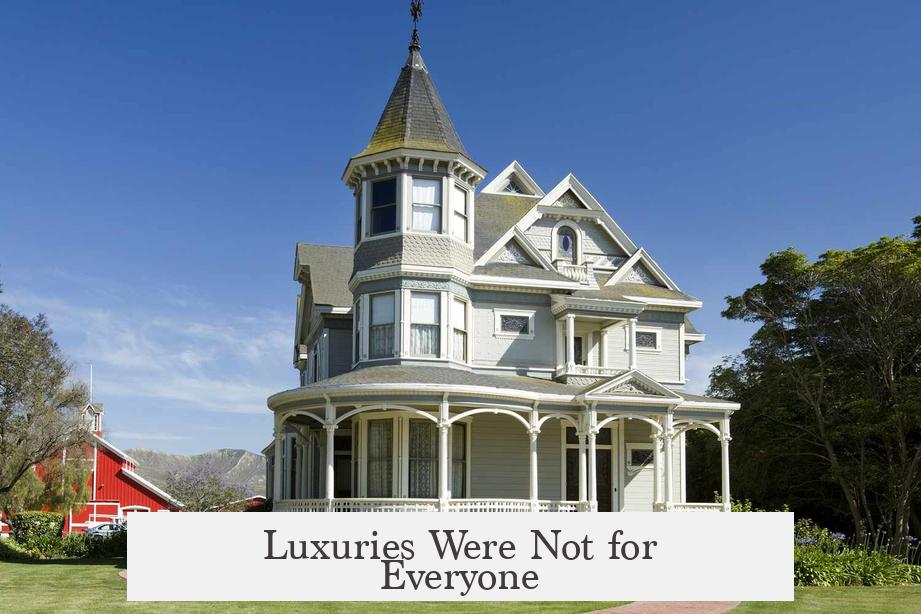
A new suit was luxury, costing £2–£6—a lot more than a week’s wages for many. Second-hand clothes were the poor’s friend. Imported fruits and jewels? Almost fairy-tale rarity. Jewelry and watches, especially gold ones with elaborate designs, signified wealth.
Imagine your protagonist’s eyes widening at a brass-cased watch: affordable yet special enough to mark a celebration or milestone.
Child Labor: A Stark Reality
Child labor was the norm, not the exception. Most children worked to support their families. School attendance wasn’t mandatory until 1880, so many went only to ragged schools for basic literacy.
Children earned less than adults, making their labor essential but viewed as cheap. The picture wasn’t pretty—their lives were often harsh and dangerous.
A darker note is the prevalence of child prostitution, horrifyingly common due to lax laws and poverty. The age of consent was just 13 until reforms came later in the century. Prices for such exploitation ranged from a shilling to a pound.
Including this grim reality in your narrative adds depth but demands sensitivity. Use it to highlight societal failures rather than to shock.
How This Shapes Your Storytelling
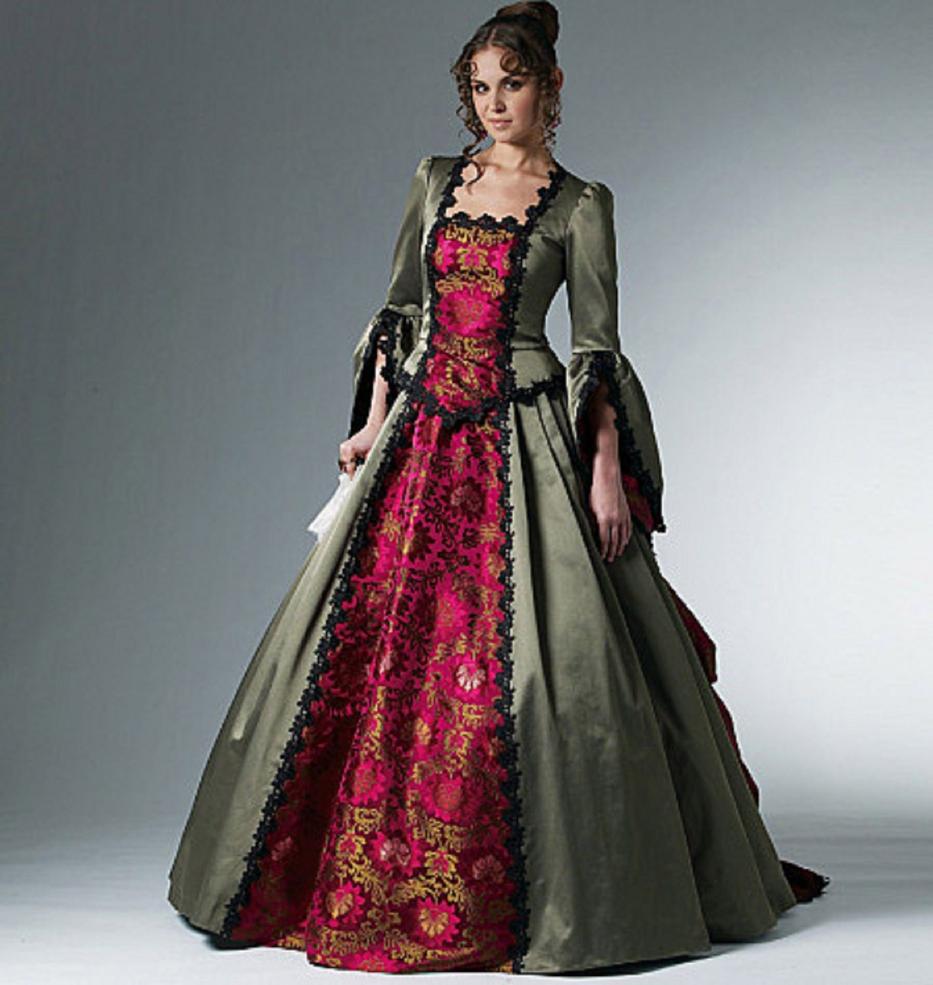
When planning scenes or character backgrounds, think like this:
- How many shillings does your character earn weekly? What compromises does that force?
- Does your character live in a cramped room with family or in a workshop apartment in Soho?
- What does a meal mean for your character? Bread and cheese or a three-penny ordinary?
- Does your plot touch on child workers in factories or the underworld of prostitution?
Setting accurate costs and living conditions anchors your story. It immerses readers. They feel the weight of poverty or the luxury of a fine jacket.
And if you want to check the value of specific sums or compare them with today’s money, use this helpful resource: MeasuringWorth.com. It’s trusted by historians and authors alike.
Wrapping Up
Writing about Victorian England requires reading between the lines of old coins and worn-out boots. Currency value, prices, wages, and child labor all paint the vivid background your characters breathe and survive in.
Would your hero pinch pennies for bread, or wear the shiny brass watch that marks a rare celebration? Do children in your story go to ragged schools, sweat in factories, or face the darkest corners of Victorian streets?
Use these details not just to set the scene but to bring Victorian England to life—warts and all. Because history’s charm lies in its nuances, not just dates and facts.
Remember: authenticity leads to engagement. Your readers will thank you for the immersive Victorian experience.
What was the typical weekly wage for working-class people in Victorian England around 1850?
The average working-class wage was about 20 to 40 shillings per week. Skilled workers earned more, while women and children received less. Less than 20 shillings a week was generally not enough to support a family.
How much did basic food items like bread cost back then?
A one-pound loaf of bread cost roughly one penny. Many poorer people bought ready-made food since they often lacked cooking facilities.
What were common housing options and rents for poor Londoners in 1850?
- Doss houses rented beds for about fourpence a night in communal dormitories.
- Unfurnished rooms cost 1 to 3 shillings per week.
- Rooms were often overcrowded, housing entire families in small spaces.
How expensive was clothing for working-class individuals?
A new, well-made suit could cost £2 to £6, equal to about a month’s wages for many. Poor people usually bought second-hand clothes due to the high cost.
How prevalent was child labor and schooling during this period?
Child and teenage labor was widespread, with children paid less than adults. School attendance was not compulsory until 1880, though some attended charity-run ragged schools until age 10 or 12.
Was child prostitution a recognized issue in Victorian England around 1850?
Yes, child prostitution was sadly common. The age of consent was 13, and prices for commercial sex could range from a shilling to a pound, influenced by various factors such as health and location.
